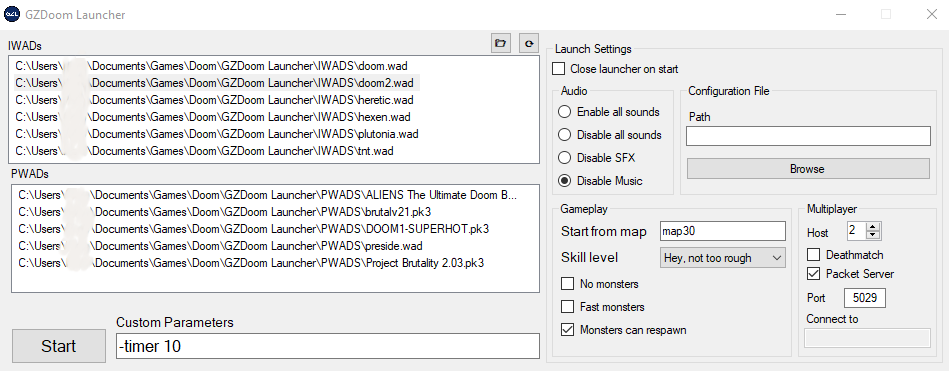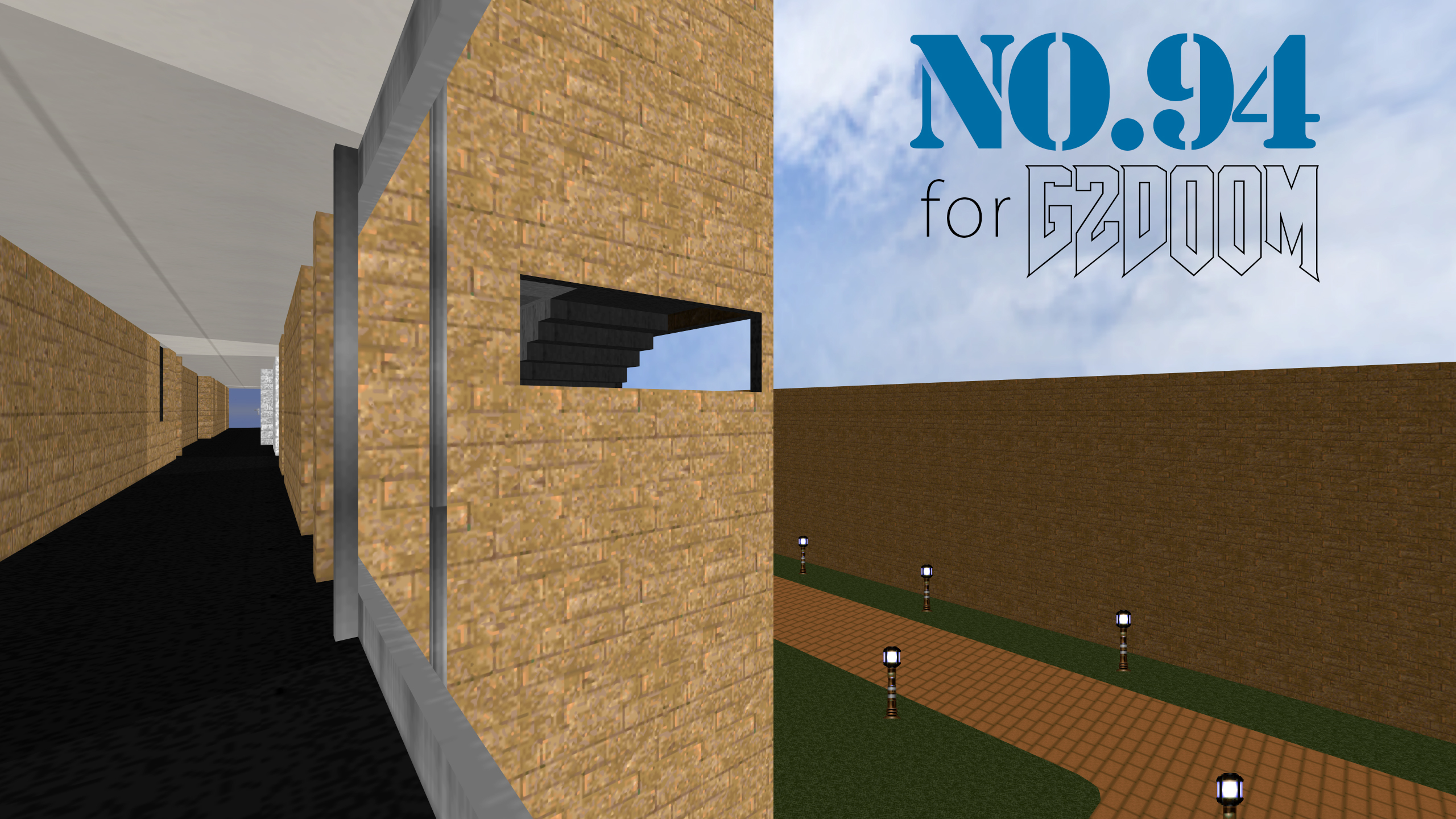
- #How to use gzdoom how to
- #How to use gzdoom full version
- #How to use gzdoom mod
- #How to use gzdoom archive
So first we will create a new directory and place three empty files called PLAYPAL, COLORMAP and THEGAME to the directory.
#How to use gzdoom archive
We will create a tiny (and useless) game archive file, and modify iwadinfo.txt to allow us to use it as a standalone game. In order for the GZDoom to “boot” into your IWAD it needs to have at least the following files

You can also simply name your game archive as DOOM2.WAD and let the engine think your game is Doom 2 :)

By default ZDoom and its derivatives need you to specify an IWAD, but you can circumvent this by modifying the iwadinfo.txt file in the bundled gzdoom.pk3 archive.
#How to use gzdoom mod
If you want to release your mod to the world as a standalone game, you can bundle the GZDoom engine with your PK3 file. If you want custom textures with composite elements or scaling, you need to add them to your mod’s TEXTURES file. We notice that the name of the texture we want to change is FLOOR4_8 So first fire up XWE and load DOOM.WAD to inspect the original contents of the level. So say we want to replace that ugly hangar floor from Doom E1M1 (the first level of the first episode that is) with something more civilized. If you want to replace a game sprite or a piece of a composite texture (i.e. a button on the wall) you need to place the graphics to the respective sprites/ and patches/ subdirectories. With GZDoom you don’t have to worry about it though, since you can throw all your replacements to the textures/ directory. In the Doom engine wall and floor textures were not stored the same way, so for historical reasons the ingame textures were separated in floors and patches (wall textures). You can also tell the engine just to load the files from a directory by using a directory path as an argument instead. To start the game with your modifications you can compress the mod directory to a zip (or PK3) file and use the -file commandline switch with the mod archive as an argument. You don’t need to use all the bundled build scripts though. There’s also a handy ZDoom Mod Template available. In order for the engine to use your archive it needs to have the following directories (for in-depth explanation see the PK3 wiki page) patches/ To make a mod you need to create a custom PK3 archive with all your modified game assets inside, and tell the GZDoom engine to load your file on startup. A PK3 is nothing but a zip archive with a different file extension. A WAD file has no file hierarchy, and you need a special program to manipulate such packages, so you’re better off using a PK3 archive instead. In original Doom all art assets and other game data were contained in a WAD file. The shareware version ( DOOM1.WAD) will not suffice.
#How to use gzdoom full version
In this guide we’ll be using DOOM.WAD from the full version of Doom 1. When compared to a modern game engine (UE 3, Source) these features don’t sound so promising, but you have to keep in mind these are addons to a 20 years old game :)

Support for real 3d-models (MD2 and MD3 formats).ACS scripting support (even though the language is pretty primitive).In particular, these features caught my attention: There are also other alternatives available, but the GZDoom engine has an impressive featureset, and the community seems to be pretty active too. We’ll be using a modern source port, and in this case it means GZDoom. Making a mod instead of a full game from scratch gives you a head start for development work since you can use a premade engine, and possibly some art assets too. I thought it would be nice to document my findings. I was interested in making a GZDoom total conversion, but I couldn’t find any simple overview in what goes in a mod.
#How to use gzdoom how to
A quick look at how to develop a simple Doom mod on the GZDoom engine and some tips on how to convert it to a standalone game.


 0 kommentar(er)
0 kommentar(er)
